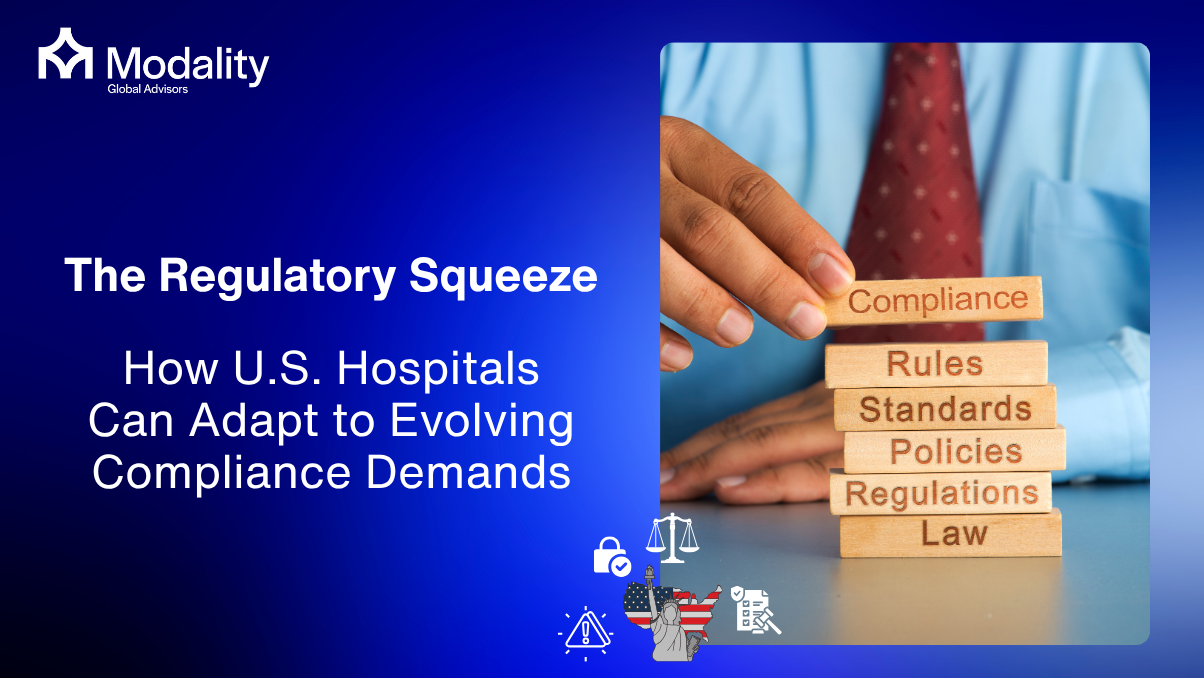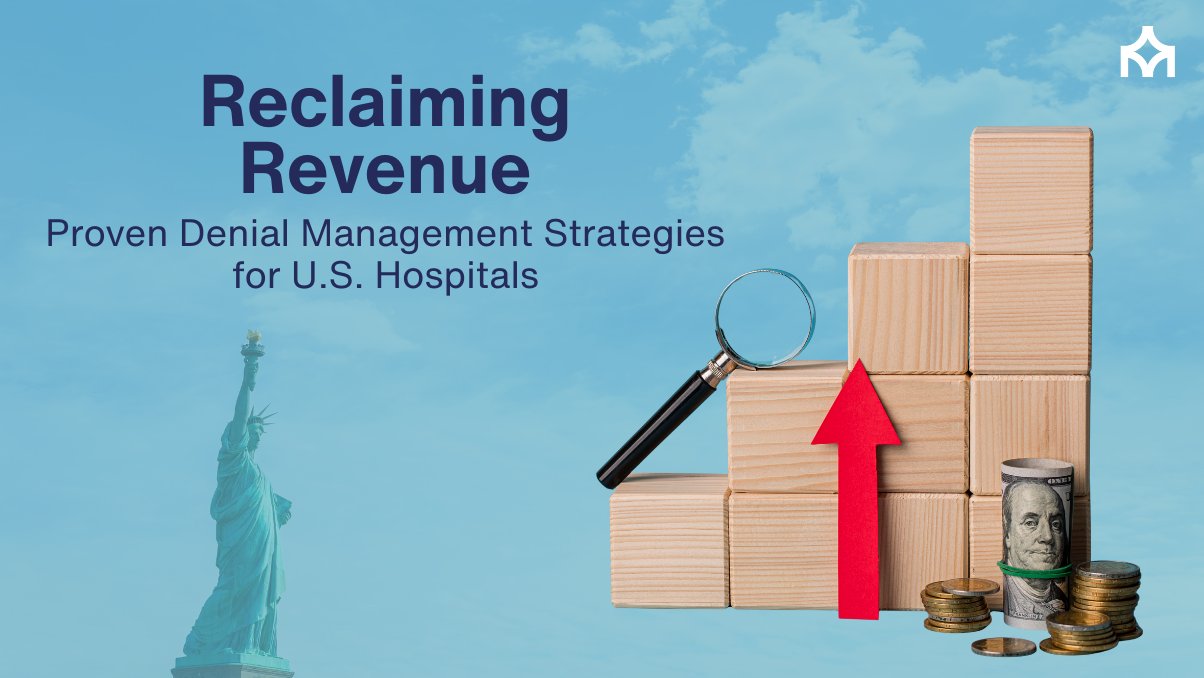The Regulatory Squeeze:How U.S. Hospitals Can Adapt to Evolving Compliance Demands
The Regulatory Squeeze:How U.S. Hospitals Can Adapt to Evolving Compliance Demands
U.S. hospitals are facing unprecedented regulatory pressure. From CMS and Joint Commission mandates to evolving cybersecurity, staffing, and price transparency requirements, compliance is no longer a periodic checkbox; it's an operational reality that touches every department, from perioperative services to patient billing.
According to the American Hospital Association, U.S. hospitals spend nearly $39 billion annually on administrative compliance activities, with the average hospital dedicating 59 full-time employees solely to managing regulatory reporting. While these regulations aim to improve patient safety and accountability, the cumulative burden is stretching already strained health systems especially as labor shortages and financial constraints intensify.
So the question is not whether hospitals must comply, but how they can do it more efficiently, proactively, and strategically.
What’s Driving the Compliance Surge?
Several overlapping policy shifts are tightening the regulatory environment:
- CMS Quality Reporting & Value-Based Programs: Hospitals are now graded and reimbursed based on outcomes, readmissions, and safety metrics. Underperforming systems risk penalties up to 3% of Medicare reimbursement.
- Cybersecurity Mandates: Following a 128% increase in healthcare data breaches since 2018 (HHS OCR), new security expectations from the FTC and CISA require real-time threat monitoring and medical device hardening.
- Price Transparency & Staffing Laws: Federal requirements for publicly accessible pricing data, along with state-level nurse staffing ratio laws, are adding layers of operational accountability.
- AI Oversight & Digital Tool Regulation: With the rise of decision-support algorithms, regulatory bodies are demanding explainability and bias monitoring within clinical software.
Key Strategies for Sustainable Compliance
To transition from reactive to resilient, leading hospitals are investing in four core capabilities:
- Integrate Regulatory Data Into Daily Operations
Rather than reporting after the fact, successful health systems connect compliance metrics directly into clinical and financial workflows linking EHR data, incident reporting, and OR logs to real-time dashboards. This allows teams to monitor performance before penalties hit. - Automate Documentation and Risk Monitoring
AI-driven compliance platforms can flag missing documentation, identify regulatory gaps, and auto-generate required reports for CMS, OSHA, or Joint Commission cutting administrative labor by up to 30% (Becker’s Hospital Review, 2024). - Build Cross-Functional Compliance Councils
Modern compliance is not owned by one department. Hospitals are formalizing governance structures that include clinical leaders, IT security, perioperative managers, and finance executives to ensure mandates are executed cohesively not in silos. - Prioritize Workforce Readiness
Nearly 70% of compliance failures trace back to training gaps, not policy flaws (OIG, 2023). Hospitals that deploy targeted, role-based microlearning (e.g., OR sterilization protocols, cyber hygiene, documentation accuracy) see faster adoption and fewer audit citations.
Turning Compliance Into Competitive Advantage
Regulatory pressure doesn’t have to be a liability.
Hospitals that treat compliance as a performance enabler rather than an administrative burden are gaining measurable advantages. When regulatory data is integrated into clinical and financial operations, it becomes a lens for uncovering inefficiencies, improving patient outcomes, and informing workforce strategy.
Forward-thinking systems are already leveraging compliance investments to:
- Negotiate stronger payer contracts by demonstrating quality consistency
- Reduce malpractice exposure through tighter documentation and incident tracking
- Enhance patient trust with transparent reporting and safety validation
- Strengthen operational agility ahead of future mandates, rather than scrambling reactively
In this new environment, regulatory maturity equals operational maturity.
In today’s healthcare economy, staying compliant isn’t just about avoiding penalties, it's about building durable, data-driven health systems that can lead confidently in an increasingly accountable landscape.
Sources
- American Hospital Association (2023)
- Becker’s Hospital Review (2024)
- HHS Office for Civil Rights (OCR) (2023)
- Centers for Medicare & Medicaid Services (CMS) – Value-Based Purchasing Program Metrics & Penalty Structure
- Office of Inspector General (OIG) (2023)
- Joint Commission – Hospital Accreditation Readiness Guidelines (2024)





